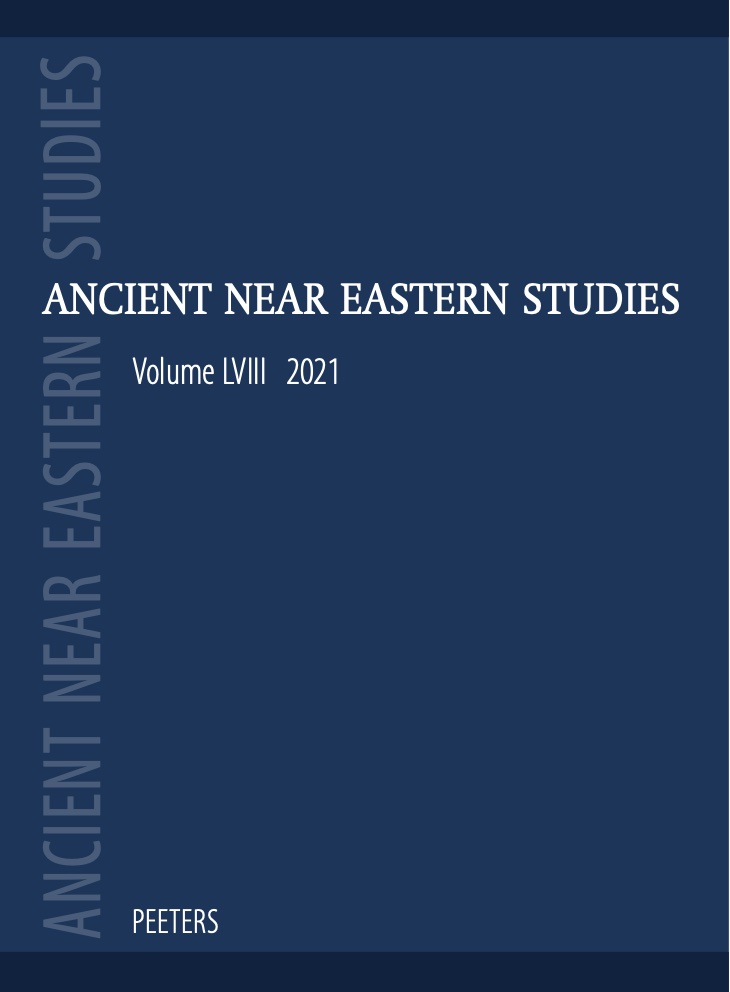 previous article in this issue previous article in this issue | next article in this issue  |

Preview first page |
Document Details : Title: The Origins of Tumuli at Iron Age Gordion and the Significance of a Wooden Tomb Chamber Subtitle: A Contextual Interpretation Author(s): CORDIVARI, Braden W. Journal: Ancient Near Eastern Studies Volume: 61 Date: 2024 Pages: 171-191 DOI: 10.2143/ANES.61.0.3294028 Abstract : Tumulus construction as a form of elite burial is known across the world, and Anatolia is no exception, with its rich history of Phrygian, Lydian, and Achaemenid tumuli. The earliest known example of a tumulus constructed as an elite burial in Anatolia comes from ninth-century-BCE Gordion. Over the next ca. 300 years, more than 120 tumuli were built in the landscape surrounding the site, and the tradition was adopted by Lydian and Persian elites elsewhere in Anatolia. While the spread of tumulus construction beyond Phrygia is better theorised, less attention has been paid to the original instantiation of the burial form at Gordion, beyond being connected with Thrace as part of the larger question of Phrygian ethnicity. This focus obscures the significance of the development of the tradition within the context of Iron Age Gordion. After discussing the chronological gap and significant differences between Thracian and Phrygian tumuli, this paper discusses tumulus construction at Gordion as a local development tied to changing practices of elite self-representation. Rather than representing a Thracian-derived Phrygian ethnicity, the use of a wooden tomb chamber should be considered a reflection of expanding elite networks in the Early Phrygian Period at Gordion itself. |
|


